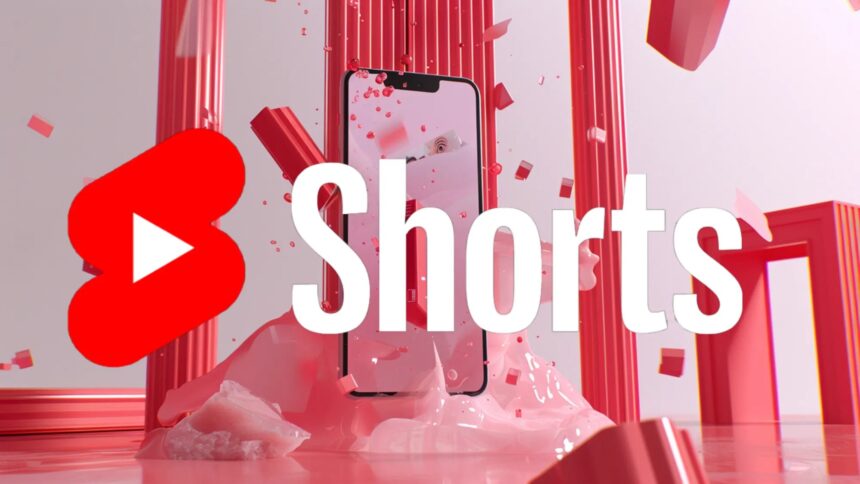YouTube has unveiled a new suite of generative AI features designed to supercharge creativity on its Shorts platform. The announcement, made at its annual “Made on YouTube” event, signals the platform’s growing reliance on artificial intelligence to stay competitive in the short-form video race against TikTok and Instagram Reels.
At the heart of the rollout is Veo 3 Fast, a customised version of Google’s Veo 3 model, now optimised for lower latency and 480p outputs. This marks the first time sound capabilities are being built directly into the model, allowing Shorts creators to add audio layers alongside visuals in near real-time.
Other tools include motion transfer, which can animate still images by borrowing movements from another video, and style effects that reimagine clips in pop art or origami-like textures. Creators can also insert digital props or objects into videos simply by typing a description.
The update goes further with Speech to Song, a remixing tool that transforms spoken dialogue from eligible videos into soundtrack-ready snippets.
The AI-powered tools come at a time when Shorts has become central to YouTube’s strategy. With over two billion logged-in monthly users, the platform is looking to keep its creator community loyal and active.
Dina Berrada, YouTube’s director of product management, explained in a company blog post that the goal is to “help creators bring their ideas to life faster, without needing advanced editing skills.”
The rollout begins in select countries, including the United States, United Kingdom, Canada, Australia, and New Zealand, with global expansion expected in the coming months.
Stakeholder Impact
For creators, the update means new possibilities to experiment with content without high production costs. Aspiring filmmakers and casual users alike can craft visually dynamic Shorts with minimal technical barriers.
For YouTube, this is a defensive and offensive move: it not only strengthens Shorts against TikTok but also expands the pipeline of AI-driven content that keeps users engaged on its platform.
Audiences, however, may soon encounter more AI-generated clips, raising questions about originality and authenticity. As these tools democratise creativity, they also blur the line between human and machine-made art.
Why it Matters
Beyond the entertainment value, YouTube’s announcement reflects how AI is reshaping the creative economy. By lowering entry barriers, the company is inviting millions more to participate in the global content marketplace. Yet, this comes with challenges: ownership of AI-generated material, the risk of deepfakes, and whether audiences will embrace or resist heavily automated creativity.
For now, YouTube is betting that convenience and novelty will outweigh concerns. But as the technology spreads, questions of regulation, ethics, and cultural impact are bound to follow.
Talking Points
YouTube’s AI suite promises to democratise content creation, but let’s be honest—it’s also killing off traditional editing skills. When AI animates your photo or turns your dialogue into a song, what happens to those who spent years learning After Effects or Premiere Pro?
Africa, where skill acquisition is often seen as a ladder out of poverty, might find young video editors being undercut before their careers even start.
The rollout begins in the U.S., U.K., Canada, Australia, and New Zealand. Notice what’s missing? Africa. Again. If creators here are only on the receiving end of delayed tech rollouts, then we’re positioned as consumers of trends, not innovators. That’s a dangerous cycle—it keeps us at the bottom of the digital economy while Silicon Valley dictates the pace.





